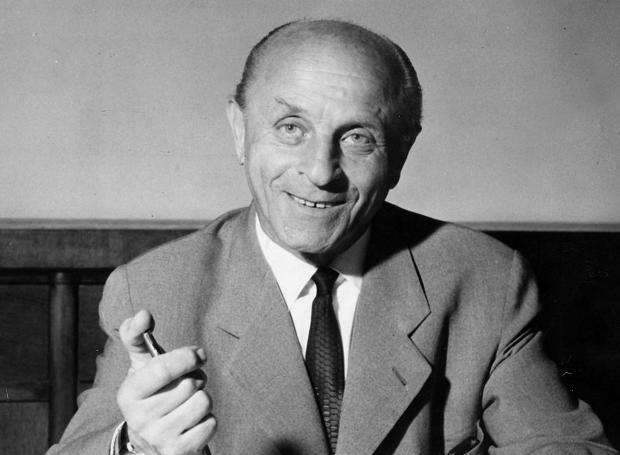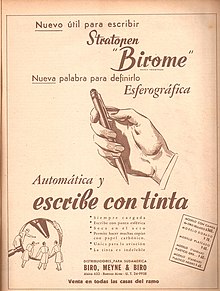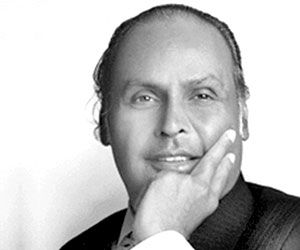Pichai Sundararajan (born 12 July 1972), known as Sundar Pichai, is an Indian American business executive.
Pichai is the Chief Executive Officer (CEO) of Google Inc.Formerly the Product Chief at Google, Pichai's current role was announced on 10 August 2015, as part of the restructuring process that made Alphabet Inc. into Google's parent company, and he assumed the position on 2 October 2015
| Sundar Pichai | |
|---|---|

Sundar Pichai in 2014
| |
| Born | Pichai Sundararajan July 12, 1972 Madurai, Tamil Nadu, India |
| Ethnicity | Tamil |
| Citizenship | United States |
| Alma mater | IIT Kharagpur Stanford University University of Pennsylvania |
| Occupation | CEO of Google |
| Employer | Google Inc. |
| Salary | US$150 million (2015) |
| Net worth | |
| Spouse(s) | Anjali Pichai |
Early life and education
Pichai was born in Madurai, Tamil Nadu, India, in a Tamil family to Lakshmi and Regunatha Pichai. He spent his childhood inMadras (now Chennai). His father was a Senior Electrical Engineer in General Electric, and managed a factory that made electrical components. Sundar grew up in a two-room apartment on 46th Street, 7th Avenue, in Ashok Nagar, Chennai.
Sundar completed his Class X at Jawahar Vidyalaya, Ashok Nagar Chennai and completed the Class XII from Vana Vani school located in the IIT, Chennai. Pichai earned his degree from Indian Institute of Technology Kharagpur in Metallurgical Engineering. He holds an M.S. from Stanford University in Material Sciences and Engineering and an MBA from the Wharton School of the University of Pennsylvania, where he was named a Siebel Scholar and a Palmer Scholar, respectively.
Career
Pichai worked in engineering and product management at Applied Materials and in management consulting at McKinsey & Company.
Pichai joined Google in 2004, where he led the product management and innovation efforts for a suite of Google's client software products, including Google Chrome and Chrome OS, as well as being largely responsible for Google Drive. He went on to oversee the development of different applications (apps) such as Gmail and Google Maps. On 19 November 2009, Pichai gave a demonstration of Chrome OS and the Chromebook was released for trial and testing in 2011, and released to the public in 2012. On 20 May 2010, he announced the open-sourcing of the new video codec VP8 by Google, and introduced the new video format, WebM.
On 13 March 2013, Pichai added Android to the list of Google products he oversees. Android was formerly managed by Andy Rubin. He was a director of Jive Software from April 2011 to 30 July 2013. Pichai was selected to become the next CEO of Google on 10 August 2015 after previously being appointed Product Chief by CEO, Larry Page. On 24 October 2015, he stepped into the new position upon the completion of the formation of Alphabet Inc., the new holding company for the Google company family.
Pichai had been suggested as a contender for Microsoft's CEO in 2014, a position that was eventually given to Satya Nadella.
Personal life
Pichai is married to Anjali Pichai, a Chemical Engineer, and a same-year classmate at IIT Kharagpur. They have two children, and live in Los Altos Hills, in a home designed by Robert Swatt of Swatt Miers.







